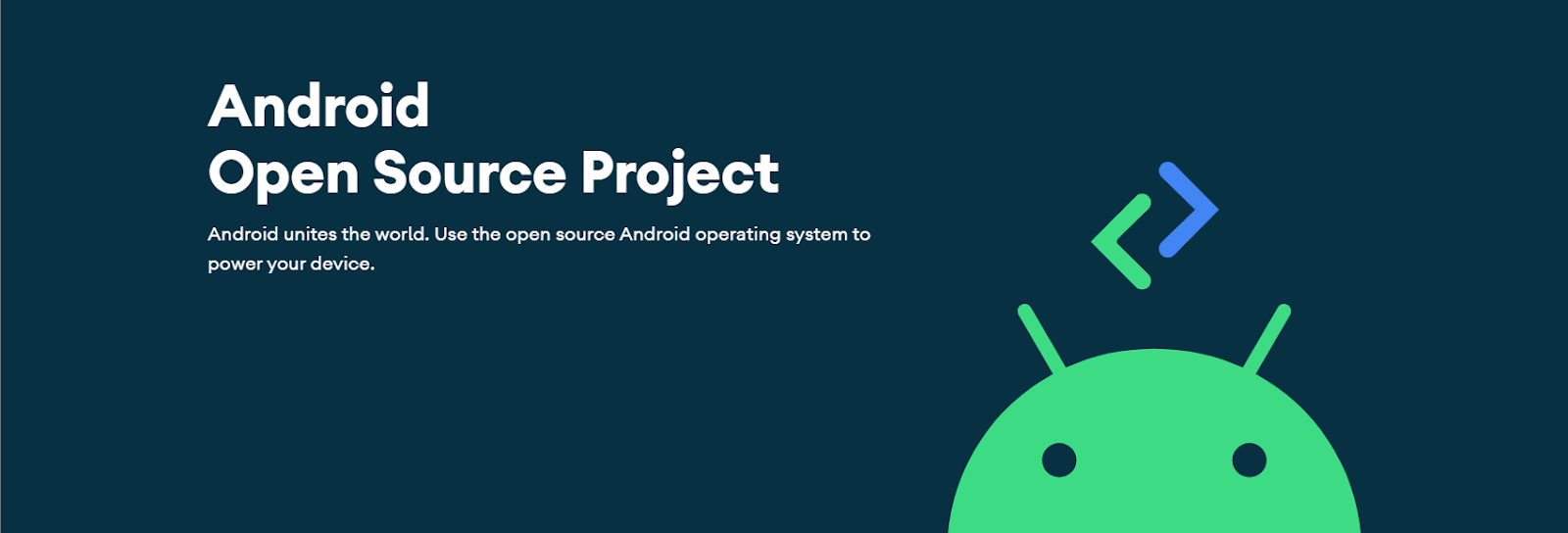Connected fitness has exploded over the last few years due to the COVID-19 pandemic and the increased availability of robust workout-from-home platforms. Looking at the most popular services, you’ll find one major commonality: Android.
Android powers many of the most popular connected fitness platforms available today. The combination of its versatility, cost, and customizability make it an easy choice for companies as they look to improve go-to-market time and scalability.
Build Custom Android Solutions
Some of the biggest names in the business are already using Android

Many connected fitness manufacturers are already using Android. Here are just a few examples:
- Peloton: The biggest name in home workout equipment, Peloton originally leveraged Android for many of the reasons outlined in this post. In fact, we even have a few ideas on how the company could continue to leverage Android to capture even more of the market.
- Mirror: When you think about unique form factors for connected fitness equipment, Mirror should be one of the first products that comes to mind. Mirror is exactly what the name suggests: a smart mirror. It allows users to see themselves and their workout on the mirror at the same time, while displaying real-time statistics and virtual instructors. This also encourages proper form. And when it’s powered down, it just looks like a mirror. How cool is that?
- Tonal: In appearance and form factor, Tonal is similar to Mirror, but aesthetics are where the similarities end. Tonal uses digital resistance weight to offer full body strength workouts, complete with instructor-led sessions that evolve with your fitness level. It offers real-time weight and body statistics on its large, 24-inch touchscreen, and everything tucks away when it’s not in use.
- Hammerhead/SRAM Karoo: If you think connected fitness starts and ends with a piece of stationary equipment in your home, think again. Hammerhead is a cycling company that took on a saturated cycling computer market that’s dominated by Garmin and Wahoo and actually made a dent. With the Karoo and Karoo 2 cycling computers, Hammerhead leveraged the power of Android to make some of the most powerful, versatile cycling computers on the market — basically smartphones for your bike. SRAM, a leading manufacturer of innovative cycling drivetrains and more, believed in Hammerhead’s vision for the Karoo series so much it recently purchased the company. SRAM is one of the most forward-thinking, innovative companies in cycling today, and the Hammerhead acquisition affirms this.
We could keep going, but that should paint a pretty vivid picture of the connected fitness landscape powered by Android, and the companies that are using Android to power their products leaving the competition in the dust. Innovation happens fast, and Android was made to be endlessly adaptable.
Android is free and highly customizable

One of the primary reasons many companies — both fitness and otherwise — choose Android as the operating system to build upon is cost. AOSP Android is free for manufacturers to download, modify, and redistribute as they see fit. The low barrier to entry is attractive, and the wealth of Android developers makes it possible to build a highly skilled team to create the perfect user experience for any digital device.
But it’s not just about cost — Android is also highly customizable. Because it’s open source and runs on a huge number of hardware platforms, it can be designed to work in a variety of situations.
Android has robust security options
Android is an inherently secure operating system that’s constantly evolving thanks to regular updates and security patches. From the second Android boots up, it protects the operating system integrity and user data with Verified Boot, which ensures all executed code comes from a trusted source — the OEM — and hasn’t been modified or replaced.
The SELinux kernel limits control of the system, using Mandatory Access Controls (MAC) to restrict access to superuser (root) privileges and verify the integrity of applications, protecting the system from rogue apps. Each app also runs in an isolated sandbox, which limits any given app’s access to the operating system and other apps.
Android was built for mobile — big and small
You may not think of most connected fitness devices as “mobile,” but if you were to separate the mechanical equipment from the touchscreen, you’d realize that in many cases, it’s essentially an Android tablet plugged into a very, very big accessory. Since Android is most commonly found on smartphones and tablets in a variety of shapes and sizes, it’s easy to see why it’s such a good choice for connected fitness devices.
Regardless of whether the product is designed around a 40-inch TV-sized touchscreen or a simple 4-inch control panel, Android can fit the bill. You’ll find Android on everything from digital kiosks and point of sale systems to digital signage and healthcare tools.
The future of fitness is connected — don’t miss out
Connected fitness has a variety of benefits, and consumers see that. Gone are the days of having to go to the gym for the best workout you can get, as most of the experience is now available in the comforts of home. The convenience alone encourages consumers to interact more often and with regularity, which leads to customer retention and better results.
In 2021, the global connected fitness market was worth $1.1 billion and is expected to grow to $1.35b by 2026. The North American connected fitness market is expected to grow by over 25% by 2028, showing that consumer demand for connected fitness equipment is far from reaching its peak.
If you’re looking to supercharge your go-to-market strategy for a connected fitness product, Android is the answer. And Esper is the Android expert for edge devices. Get in touch with us today to learn how our full-stack solutions can power your products in ways you never thought possible.
Connected Fitness Device Management
FAQ




.svg)












